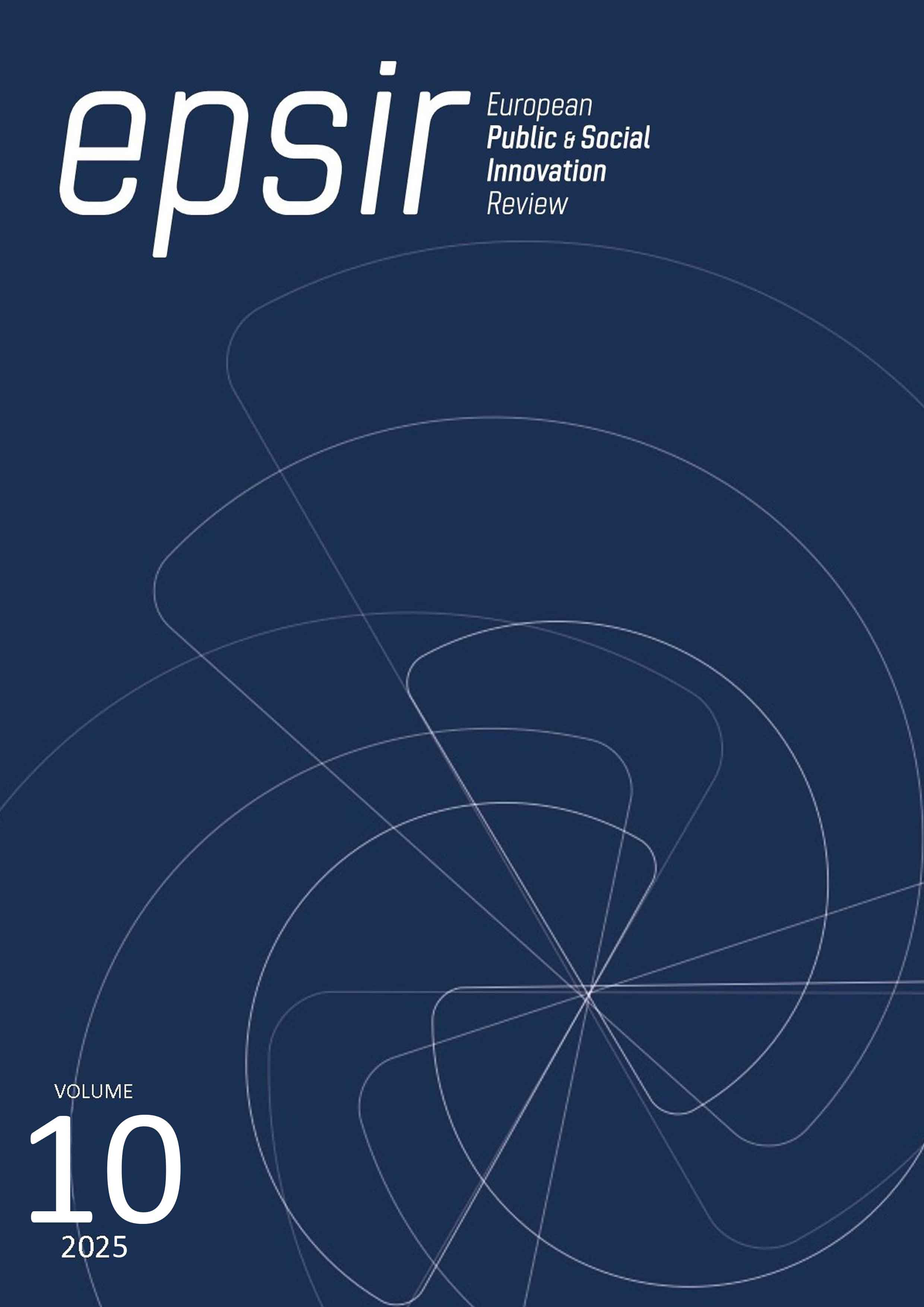Politics and religion: the impact of satire on public opinion
DOI:
https://doi.org/10.31637/epsir-2025-1235Keywords:
satire, public opinion, politics, religion, Spain, media, evolution, incidenceAbstract
Introduction: This paper analyzes satire in two of its most predominant topics, religion and politics, and how this phenomenon has affected public opinion throughout time. Methodology: Utilizing a descriptive method, the bibliography that covers these areas is analyzed in depth, their main characteristics are described and the most important concepts are defined. In addition, texts that provide examples of the reality of each moment are analyzed. Results: Texts of different genres are included to explain satire's relationship with religion and politics. Discussion: The developments of both themes over time and their incidence on public opinion are collected to have a perception of their progress. Conclusions: Religious satire has had a clear and intense evolution throughout the centuries in public opinion, but after the pontificate of Pius IX it declined because the recognition of the Popes began to be perceived by the different audiences. In politics, satire continues to exist because there are media that continue to use this genre in daily criticism.
Downloads
References
Bacallar, V. (1727). Comentarios a la Guerra de España e historia de su rey Felipe V, el Animoso. Edición C. Seco Serrano, Biblioteca de Autores Españoles, Madrid, 1957.
Barrio, M. (2011). El cardenal Alberoni y España. Política religiosa y carrera eclesiástica. Hispania Sacra, 63(127), 205-234. https://doi.org/10.3989/hs.2011.v63.i127.272 DOI: https://doi.org/10.3989/hs.2011.v63.i127.272
Bartolomé, G. (2010). Los clérigos a la greña. Editorial Club Universitario
Cabinet Jesuitique (1662). Contennant plusieurs pieces tres curiouses des R. Peres jesuites, Colonne, Chez Jean le Blanc.
Castiglioni, C. (1948). Historia de los Papas. Tomo II. Editorial Labor. Barcelona.
Duñaiturria Laguarda, A. (2022). La prensa satírica y el poder. Análisis de un periódico del siglo XIX, Cuadernos de Historia del Derecho, 29, 115-138. https://doi.org/10.5209/cuhd.84130 DOI: https://doi.org/10.5209/cuhd.84130
Egido, T. (1977). Lutero. Obras. Editorial Sígueme.
Etreros, M. (1983). La sátira política en el siglo XVII. Fundación Universitaria Española, Madrid.
Infante, J. A. (2019). La sátira política en la prensa digital. El caso de El Mundo Today. (Trabajo Fin de Grado). Universidad de Valladolid, Valladolid.
Martínez, C. (2018). Investigación descriptiva: definición, tipos y características. https://www.lifeder.com/investiga¬cion-descriptiva
Mestre, A. (1979). Historia de la Iglesia. BAC.
Monzón, C. (1996). Opinión pública, comunicación y política. La formación del espacio público. Tecnos.
Mueller, L. (2022). Sátira: tipos, géneros y tácticas.
https://www.skillshare.com/blog/es/satira-tipos-generos-y-tecnicas/
Noelle-Neumann, E. (1971). Öffentliche Meinung en E. Noelle-Neumann y Schultz (Eds.). Das Fischer Lexicon-Publizistik. Frankfurt/m.
Park, R. E. (1941). “News and the power of the press”, Amer. J. Social, 47, p. 1-11, en Stoetzel, J (1971), Psicología social, Marfil, 251. https://www.journals.uchicago.edu/doi/10.1086/218818 DOI: https://doi.org/10.1086/218818
Pastor, L. (1950). Historia de los Papas. Tomo XXIX, pág. 211. Gustavo Gili, Barcelona.
RAE (2024). https://dle.rae.es/sátira?m=form
RAE (2024). https://dle.rae.es/opinión?m=form
RAE (2024). https://dle.rae.es/público?m=form
RAE (2024). https://dle.rae.es/opinión?m=form#2pcijcI
RAE (2024). https://dle.rae.es/canónigo?m=form
RAE (2024). https://dle.rae.es/canonjía?m=form
Rivadeneira, R. (1976). La opinión pública. Análisis, estructura y métodos para su estudio. Editorial Trillas.
Rosmini, A. (1968). Las cinco llagas de la Santa Iglesia. Ed. Península. Barcelona.
Oxford Dictionary (2024). https://www.oxfordlearnersdictionaries.com/definition/english/satire?q=satire
Sánchez Albornoz, C. (1972). Anecdotario político. Colección textos. Barcelona.
Uprimny, R. (2017). https://www.dejusticia.org/column/satira-calumnia-y-democracia/
Ursino, J. (1609). Speculum Jesuiticum. Ambergae.
Zabala, M. (1978). Clandestinidad y libertinaje erudito en los albores del siglo XVIII. Ed. Ariel.
Downloads
Published
How to Cite
Issue
Section
License
Copyright (c) 2025 Rafael Barberá González, María Fernanda Guevara Riera

This work is licensed under a Creative Commons Attribution-NonCommercial-NoDerivatives 4.0 International License.
Authors who publish with this journal agree to the following terms:- Authors retain copyright and grant the journal right of first publication with the work simultaneously licensed under Creative Commons Non Commercial, No Derivatives Attribution 4.0. International (CC BY-NC-ND 4.0.), that allows others to share the work with an acknowledgement of the work's authorship and initial publication in this journal.
- Authors are able to enter into separate, additional contractual arrangements for the non-exclusive distribution of the journal's published version of the work (e.g., post it to an institutional repository or publish it in a book), with an acknowledgement of its initial publication in this journal.
- Authors are permitted and encouraged to post their work online (e.g., in institutional repositories or on their website) prior to and during the submission process, as it can lead to productive exchanges, as well as earlier and greater citation of published work (See The Effect of Open Access).



